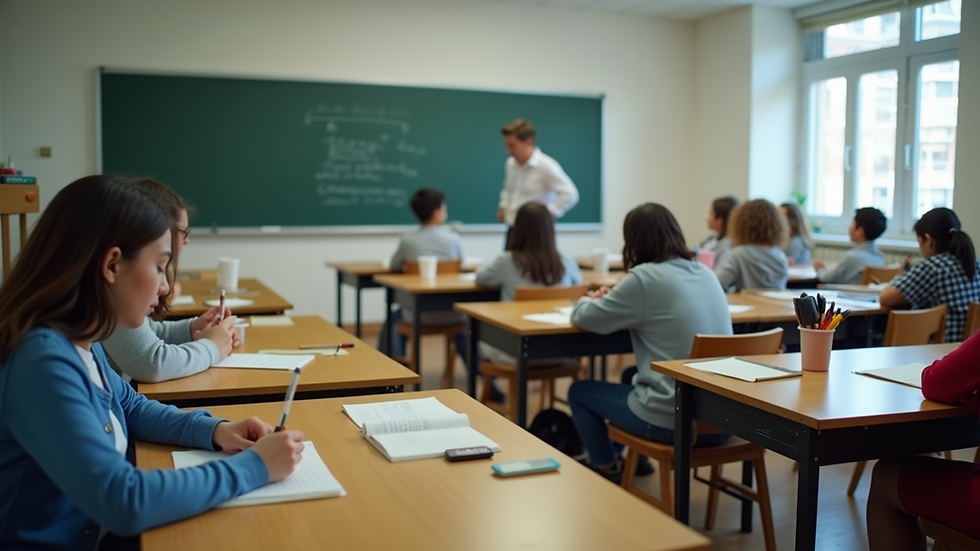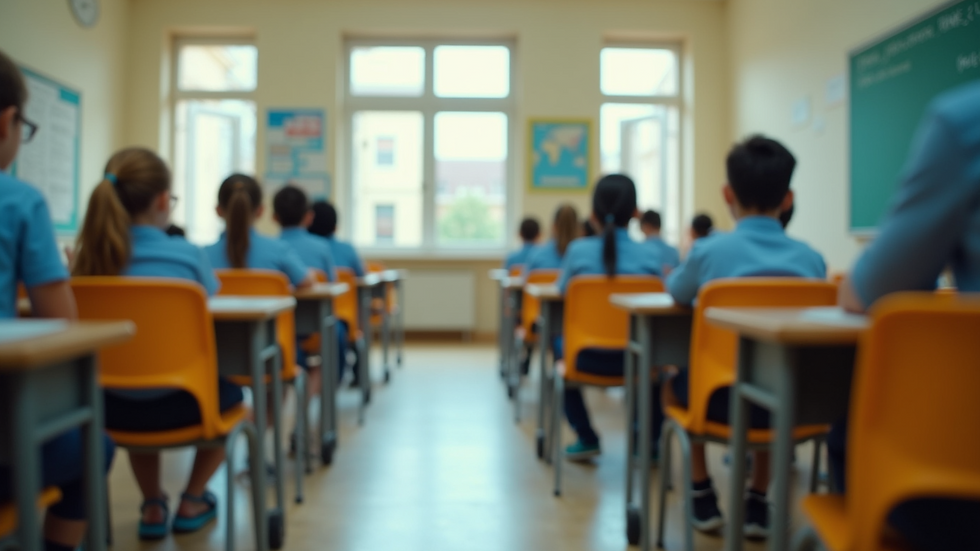Understanding How to Support Students with Unique Learning Needs
- karencolton
- Aug 28, 2025
- 4 min read
Supporting students with unique learning needs is essential in today's diverse educational landscape. Every student learns differently, and those with unique needs often require additional resources and strategies to thrive. This post will provide insights into how educators and parents can work together to support these students effectively.
Why It’s Important to Support Students with Unique Learning Needs
Understanding the importance of supporting students with unique learning needs can help create inclusive classrooms. A recent study showed that students who receive tailored support are 50% more likely to succeed academically. When educators are equipped with the right strategies and tools, they can foster a learning environment that not only accommodates but also celebrates diversity.

Strategies to Support Students with Unique Learning Needs
Creating an inclusive educational environment requires specific strategies tailored to individual needs. Here are some practical methods to support students:
Differentiated Instruction: Tailor your teaching methods to accommodate different learning styles. Some students benefit from visual aids, while others may prefer hands-on activities or auditory instructions.
Flexible Grouping: Move students between different groups based on their learning needs. This approach encourages collaboration and peer learning, which can be particularly beneficial for students with unique needs.
Accessible Resources: Make sure that all learning materials are easy to access. This may include using audiobooks, digital resources, or tactile learning tools that help diverse learners engage with the curriculum.
What are special educational needs?
Special educational needs (SEN) refer to the requirements of students who have learning difficulties or disabilities that make it harder for them to learn compared to others of the same age. These needs can range from mild learning disabilities to severe physical or emotional challenges. It is crucial for schools to identify these needs early and provide adequate support.

Building Strong Relationships Between Educators and Families
Engaging families in the learning process is vital. When educators and parents work together, students receive the support they need both at school and at home. Here are some strategies to build a strong partnership:
Regular Communication: Establish consistent communication with parents about their child's progress. This can include scheduled meetings, phone calls, or email updates.
Provide Resources: Share articles, books, and tools that can help parents understand their child's unique needs. This empowers families to support their children effectively at home.
Collaborative Goal Setting: Involve families in setting educational goals for their children. This creates a shared vision and encourages commitment from both the school and the home.
Professional Development for Educators
Educators must receive proper training to understand and support students with unique learning needs effectively. Continuous professional development is key. Here are ways schools can support their staff:
Workshops and Seminars: Organize regular training sessions that focus on the latest strategies in special education. These sessions can cover topics such as behavior management, inclusive teaching practices, or understanding specific disabilities.
Mentorship Programs: Pair experienced teachers with those new to special education. This guidance can help less experienced educators feel more confident in their approach to unique learning needs.
Access to Resources: Provide educators with access to research and materials on best practices in special education. Online platforms can offer valuable insights that can be easily integrated into lesson planning.

Embracing Technology in Education
Technology can play a pivotal role in supporting students with unique learning needs. Assistive technologies can provide tailored support to enhance learning experiences. Here are some examples:
Speech-to-Text Software: This technology can help students with writing difficulties express their ideas more easily. It allows them to dictate their thoughts and receive instant feedback.
Interactive Learning Tools: Platforms like educational games and apps can engage students differently, making learning fun and effective. These tools can cater to various learning styles, ensuring all students benefit.
Online Learning Resources: Providing access to online tutorials or educational videos can supplement classroom learning. These materials can be revisited, allowing students to learn at their own pace.
Supporting Social Skills Development
Students with unique learning needs may face challenges in social interactions. Here are ways to support their social development:
Social Skills Training: Implement programs focused on developing communication and interpersonal skills. Role-playing scenarios can help students practice essential skills in a safe environment.
Buddy Systems: Pair students with peers who can model positive social behaviors. This encourages interaction and provides opportunities for building friendships.
Encouraging Extracurricular Activities: Encourage students to participate in clubs or sports that interest them. These activities can provide natural opportunities for socialization while building confidence.
Final Thoughts
Supporting students with unique learning needs involves a comprehensive approach that includes tailored teaching methods, strong family partnerships, and the integration of technology. By fostering an inclusive environment where all students feel valued and supported, educators can significantly improve learning outcomes.
For more information about resources and support for education special needs, consider visiting Carestcs.





Comments